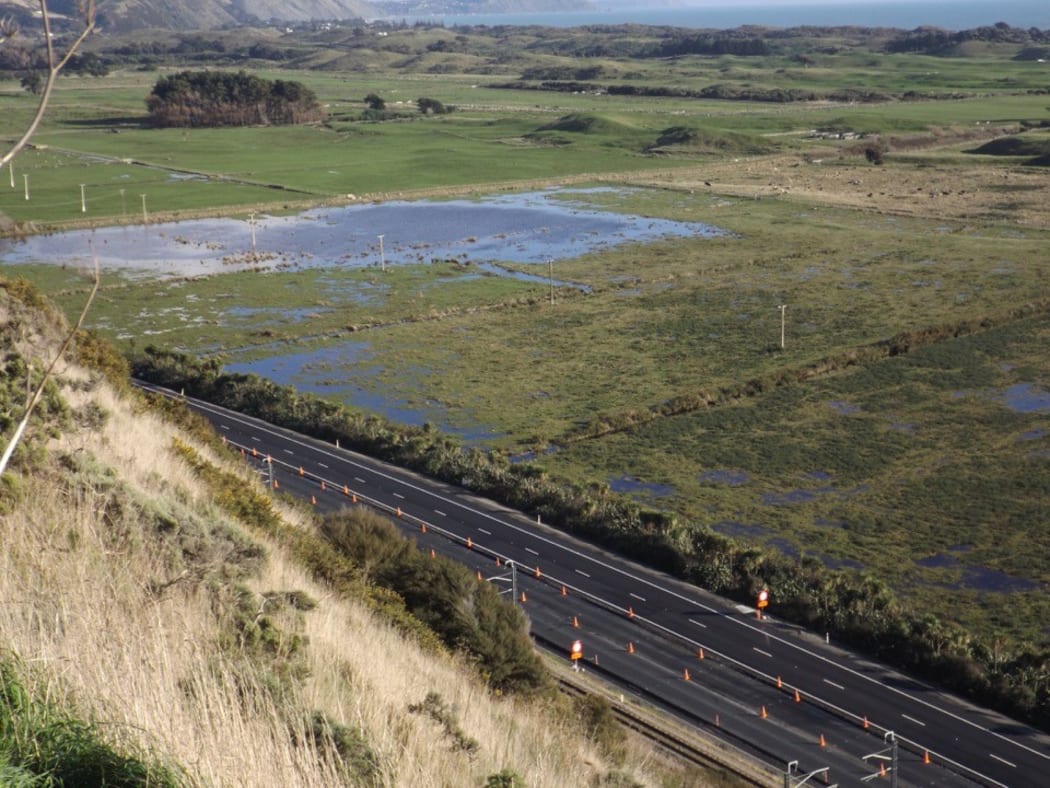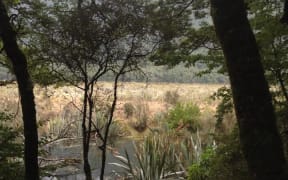Greater Wellington Regional Council wants non-forest carbon sinks, such as wetlands, to be included in the Emissions Trading Scheme (ETS).

Photo: Supplied / Russell Bell
The scheme pays businesses and landowners based on how much carbon dioxide is absorbed by the trees they have planted.
It gives them one unit for every metric tonne of carbon dioxide, or carbon dioxide equivalent absorbed.
Currently, the scheme only applies for forests, but the Regional Council is now calling for the government to extend the scheme to cover other types of carbon sinks.
"Other land users will be much more likely to protect and restore their wetlands if they can qualify for carbon credits in the same way as forests do," said chair of the council's Climate Committee, Thomas Nash.
"As a result you'll see enhanced biodiversity, improving water quality and better defenses against floods and droughts."
While wetlands are subject to new protections under the National Policy Statement (NPS) on Freshwater, and the upcoming NPS on Indigenous Biodiversity, those regulations do not provide an incentive such as the ETS.
The science on wetlands is murky, however. Nash said unlike with forest, the amount of carbon which is absorbed by a hectare of wetland is not known; and it's further complicated by the fact that dry wetlands can release methane into the atmosphere.
"It's not quite as straightforward, but we think it's probably possible.
"You could have a couple of types of peatland, wetland, and you could assign a value to each for emissions reduction, and then you could get on putting them into the ETS."
If that happens, it could help the regional council in its target to be a climate positive organisation by 2035.
In September, the organisation laid out its pathway on how it would achieve that, which Nash said was based off of the assumption that carbon credits were not included in the ETS.
"If wetlands do qualify for emissions reduction, then we could well meet those targets ahead of time, and then we could perhaps share some of our units with other organisations in order to help them to meet their carbon neutrality targets."




